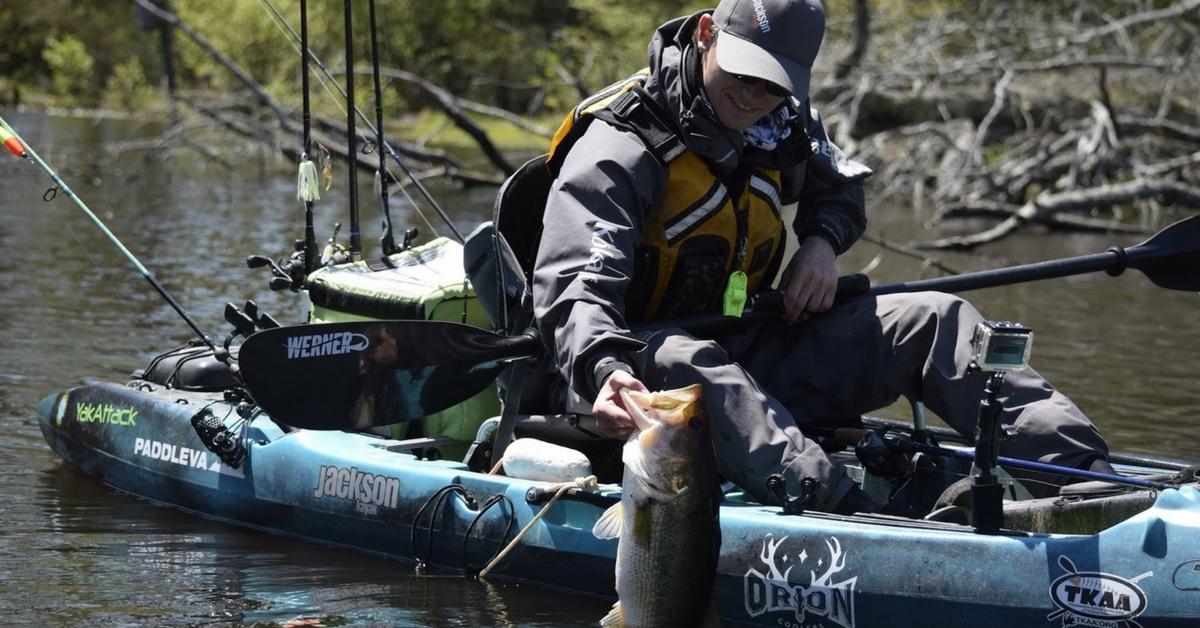Fishing Laydowns, Logjams, And Timber For Bass In Rivers
Rivers have a unique way of turning the homes of land creatures into aquatic habitat. Through flooding and bank erosion, rivers and tributaries on the upper sections of reservoirs topple trees that either wash into the river or lay partially submerged along the shoreline.The laydowns and logjams created by the river’s natural logging operation become ideal cover for bass. The logs attract baitfish and provide cover for bass to either get under something in the shade or break the current of the river or stream.
Fishing Laydowns 101
Bass prefer laydowns because the logs provide cover extending from the shallows out to deeper water. The fish have options of being on the shallow or deep end of the log or somewhere in between depending on what the water level is doing.The location of a fallen log determines where bass position in the wood cover. If the laydown protrudes from a flat shoreline, it usually has a main limb holding the log off the bottom. Current flowing under the log creates a hole next to the supporting limb where bass reside. Bass hold in this shady washout because it serves as a current break and an ambush point. The best lures for fishing laydowns on flats are spinnerbaits, shallow-diving crankbaits, jigs and plastic worms.
Fishing Laydowns On Steep Bluffs
Bass suspend in outer limbs of laydowns extending from steeper shorelines, such as bluffs or channel banks. Slow-falling lures such as Flukes or tube baits and topwater lures or floating worms trick bass suspended in the laydown’s limbs.Some fallen trees wash away from the banks and sink in the mud of flats with only a limb or two sticking out of the water. When fishing laydowns like these, circle these limbs with your boat and make multiple presentations because bass could be holding anywhere along this cover. Ideal lures for pitching to these submerged logs include shallow-running crankbaits, jigs, plastic worms and flipping tubes.
Fishing Laydowns On Windy Days
Wind and current also pack fallen trees into floating logjams along main banks or in small pockets. The bigger the logjams, the more bass will relate to the side of the trees, rather than being under the logs. Present jigs and Texas-rigged plastic worms to any available openings in the mass of floating timber.Laydowns and logjams frequently are the only cover along some banks so make several presentations to these targets. Sometimes it will take between six to 18 casts to isolated laydowns to trigger a strike.
Updated January 22nd, 2021 at 2:47 AM CT


